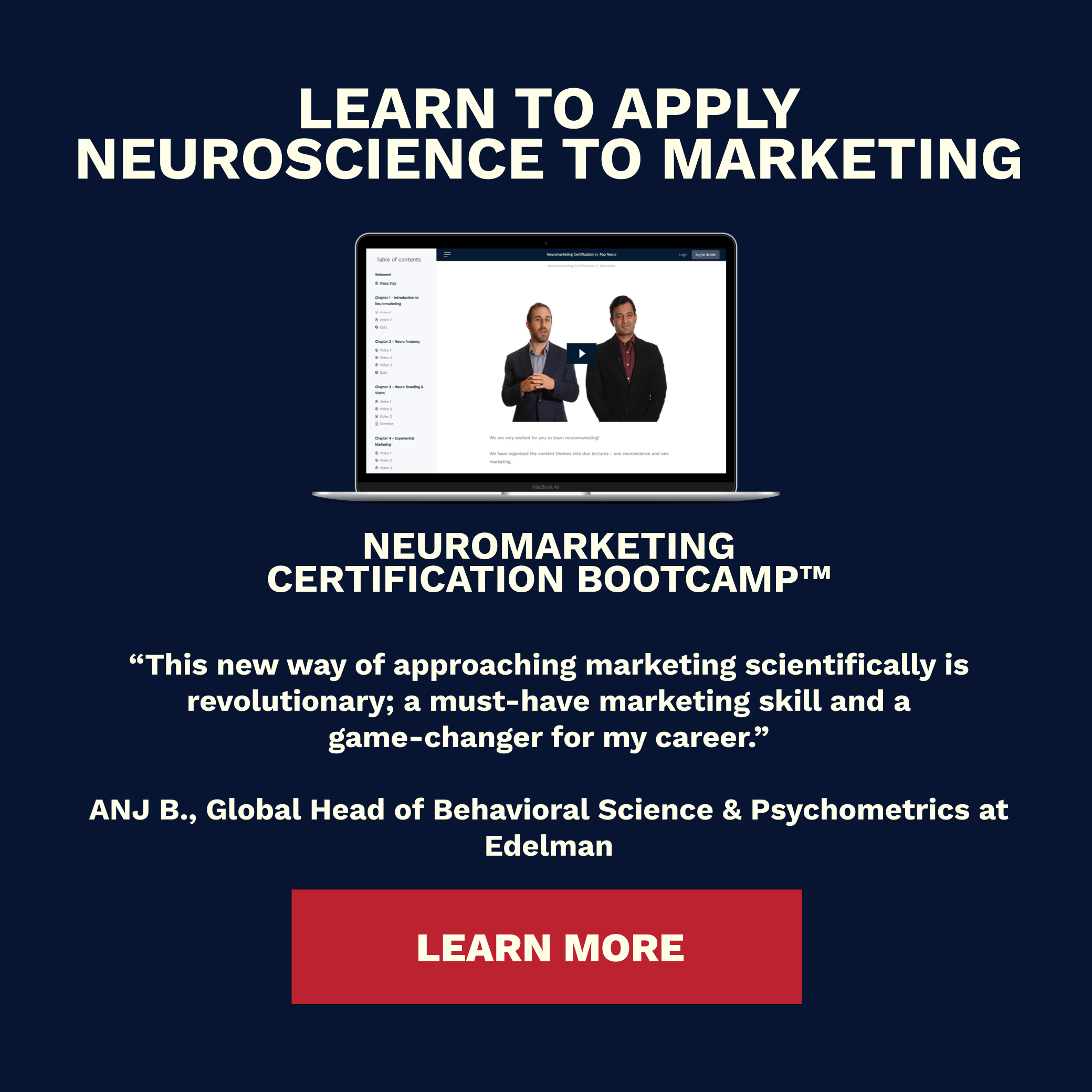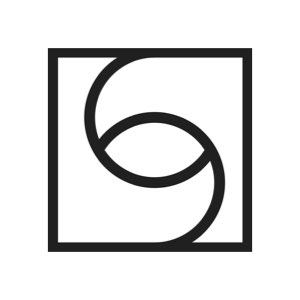The Psychology Behind Lifestyle Trends: Minimalism, Decluttering, and Finding Value in Possessions
Photo by Samantha Gades, Unsplash
Many people dream of living with less. Less clutter, less unused items, less mess. This lifestyle is a popular trend known as minimalism. But what does it take to be a minimalist?
We explore the answers to this in a 2019 study by Daniele Mathras and Katharine Hayes of Northeastern University on the psychological and physical process of transitioning into minimalistic consumer behavior.
The Methodology of the Studies on Minimalism
The researchers created a micro, macro, market-level dataset comprising minimalist lifestyles in two studies. The data sets include different types of minimalist lifestyles such as capsule wardrobes, tiny houses, and van life. Capsule wardrobes are closets composed solely of timeless and complimentary seasonal items. Van life is when people convert vans into liveable spaces.
Study 1. The researchers compiled text, images, quotes from news articles, websites, blogs, books, and TV shows on minimalism to create a thorough interview guide and model for the second phase of data collection.
Study 2. Using the guide and model derived from study 1, the researchers interviewed 30 individuals about their minimalistic lifestyles using the Geisler and Thompson method. This method is an intratextual, intertextual, and intertemporal analysis of the transition in consumers from less minimal to more minimal lifestyles. This means data in single texts, between texts, and analyzing the past, present, and future.
The results of this study suggest three phases, which are essential to the psychological and physical transition to a minimalist lifestyle. This is the Consumer Identity Curation, the process of limiting, retaining, and collecting items that are essential and define their best present selves. In other words, the process when someone defines their best selves and purges so they have “just enough” possessions to satisfy their needs.
Phase 1. The first phase is focused on this fact: each consumer doesn’t have one individual self, they have many. Therefore, the first step of this process that the participants engage in is defining their best present self, which is the combination of someone’s idea of reality and ideal selves (who they are and who they want to be).
Phase 2. The second phase is what researchers define as the editing process, wherein the consumer applies their best self to dispossession, retention, and acquisition behaviors. Let’s break these three behaviors.
Dispossession involves giving up one’s self-ties to possessions in a way that’s psychological and emotional. For example, participants would ask themselves whether or not a specific possession represents their best present self, and if not, discards that possession.
Retention is the re-association of self-ties with a possession. For example, only keeping a possession if it resembles their definition of their best present self.
Acquisition is the creation of self-ties to new possessions. This requires individuals to only collect new possessions that align with their best present self.
In addition to this three-fold editing phrase, the researchers discussed four self-focused strategies: self-honesty (being honest with your buying intentions), intentionality (avoiding impulsive purchases by only buying things with particular functions), detachment (letting go of things no longer useful), and reallocation (putting resources like time, money, and space to better use).
Phase 3. The last phase of consumer identity curation is re-evaluation and maintenance. This phase defines regular purges and seasonal adjustments, acknowledging that this is a continuous process that doesn’t end.
The Results and Implications of Minimalism on Consumer Behavior
Consumer behavior is challenged in the process of transitioning into a minimalist lifestyle. As this study suggests, there are many steps and phases altering the mind of consumers to begin the lifelong journey of minimalism.
With these phases and commitment, anyone can achieve their goal of living with “less”!
Your Consumer Behavior Insights:
There are three phases in transitioning into a minimalist lifestyle
Consumer Identity Curation is the process when someone defines their best selves and purges so they have “just enough” possessions to satisfy their needs to achieve minimalism
Minimalism is a life-long journey, not a destination
This is an exclusive, members-only post. To get access to more posts like this, sign-up for the Consumer Behavior Insights Magazine here



References
Daniele Mathras and Katherine Hayes (2019),"Consumer Minimalism As Identity Curation Process", in NA - Advances in Consumer Research Volume 47, eds. Rajesh Bagchi, Lauren Block, and Leonard Lee, Duluth, MN: Association for Consumer Research, Pages: 768-769.
Giesler, Markus and Craig J. Thompson (2016), “Process Theorization in Cultural Consumer Research,” Journal of Consumer Research, 43(4), 497–508.
Roster, Catherine A. (2014). “The art of letting go: creating dispossession paths toward an unextended self,” Consumption Markets & Culture, 17(4), 321-45.

